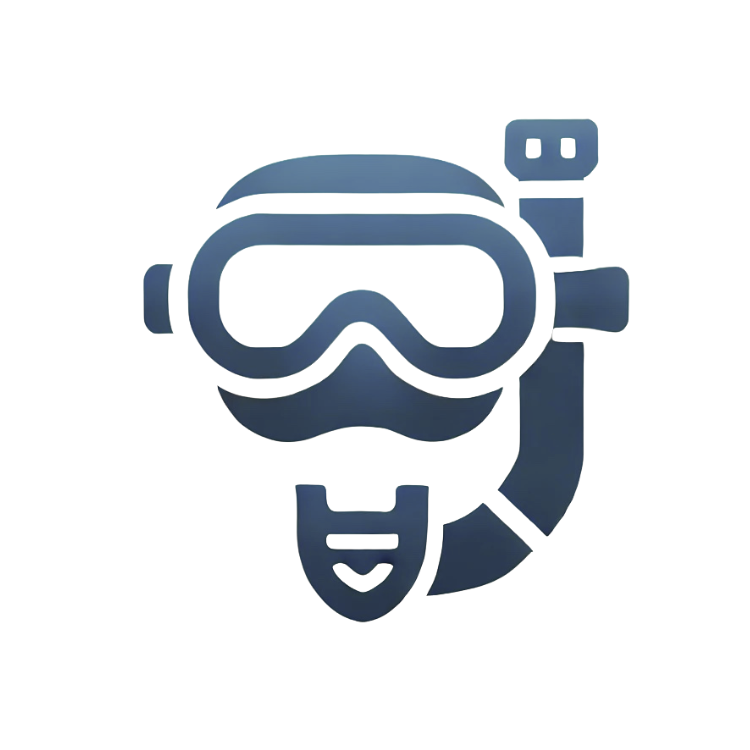Polar Activities- A Different Way to Experience Antarctica
Polar activities let you go beyond ship-based observation and truly engage with Antarctica’s environment. Many cruise operators offer options such as scuba diving, snorkelling, camping, kayaking, snowshoeing, and even the polar plunge. Each activity demands different levels of fitness, skill, and preparation.
Below, you’ll find a breakdown of activity types, what you’ll need, and factors to consider before signing up.
Activity Types & Requirements
Scuba Diving
Diving in polar waters ranks among the most technical options. You must be certified, experienced in cold-water environments, and experienced in cold water drysuit diving. Only two operators offer diving.
Snorkelling
Less demanding than diving, snorkelling in polar regions still requires fitness and a high tolerance to cold. You’ll need to prove you can swim in challenging conditions. Some cruises offer supervised snorkel excursions near ice edges or sheltered waters.
Kayaking
Kayaking is one of the more common polar activities. It grant you direct contact with ice, wildlife, and coastline views. Operators usually guide small groups from inflatable boats. Previous kayaking experience is required.
Camping
Camping is offered on some expeditions under strict environmental protocols. You don’t need prior skills, but you must be comfortable with cold, sleep in extreme conditions (or more like lack of sleep), and accept the minimal shelter that comes with polar camping.
Snowshoeing
Snowshoeing lets you walk across snowfields with minimal footprint. Guides supply equipment and teach techniques. Terrain is usually gentle, but conditions can vary.
Polar Plunge
This is the brief thrill of dipping (or plunging) into Antarctic waters. It’s symbolic and requires no special certification—but it demands courage, proper timing, supervision, and safety measures.
What to Evaluate Before Choosing an Activity
-
Fitness & health: Some activities require strength, stamina, and agility. Always disclose medical conditions ahead of time.
-
Experience level: Diving, kayaking, or snorkelling often require prior skill in harsh or cold conditions. Operators will vet participants.
-
Environmental conditions: Wind, ice, sea state, and visibility influence what’s possible on any given day.
-
Risk and safety planning: Each activity is supervised by guides; protocols exist for emergencies and abrupt weather changes.
-
Compliance with IAATO guidelines: All operators must protect wildlife, limit disturbance, and ensure waste protocols.
How Activities Integrate with Your Cruise
Many polar activities are optional add-ons beyond the base cruise itinerary. You usually pay extra and reserve in advance. Operators often prioritise participants based on experience, group balance, and safety criteria.
Operators also schedule activities according to conditions. An afternoon of kayaking might get delayed if waves rise; snowshoeing may shift due to wind. Flexibility is essential.
Finally, recognise that not every cruise offers the full suite of polar activities. Some trips emphasise wildlife viewing or remote landscapes, while others target adventure experience. Check the program details and compare.
Click on the icons below to find out more about each activity.
Back To Top






